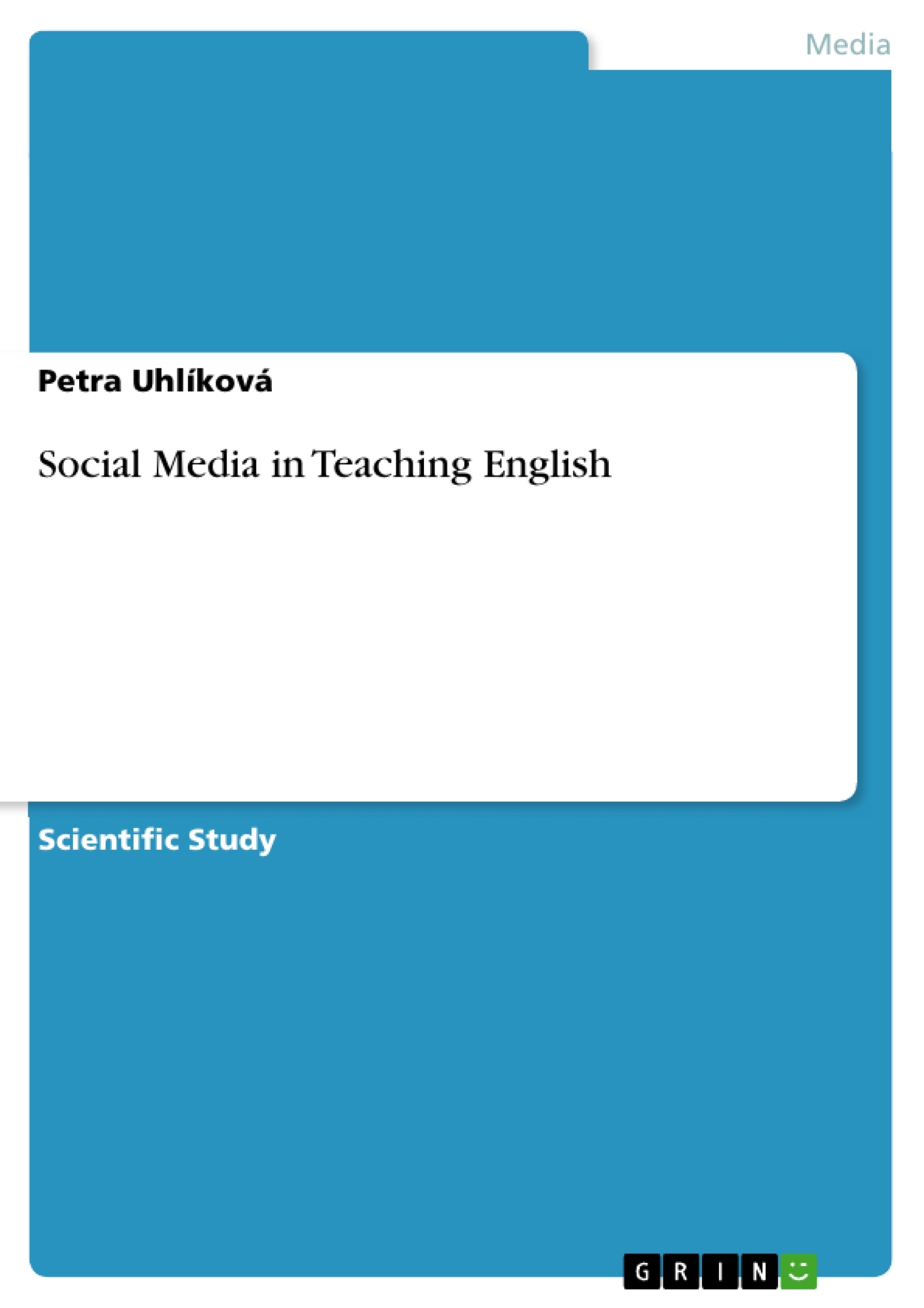This paper focuses on the aspects of social media use in English teaching. In this study, the use of social platforms in the teaching and learning process by students, more specifically, in the English for Applied Informatics course, was evaluated. The study provides the results of student satisfaction with the use of social media in the teaching of the given course. It presents the results of a survey that used both qualitative and quantitative methods. In addition, this paper examines students' use of social media for English language learning and their perceptions of social platforms in terms of their use, benefits, and attitudes toward their use for conducting activities.
Inhaltsverzeichnis (Table of Contents)
- Abstract
- Introduction
- What is Social Media?
- Types of social media
- Aim of the research
- Methodology
- Results and Discussion
Zielsetzung und Themenschwerpunkte (Objectives and Key Themes)
This research aims to explore the impact of social media on student interest and comprehension in English language learning, evaluating its benefits and challenges within the context of English for Applied Informatics course at the University of Ss. Cyril and Methodius in Trnava.
- The role of social media in contemporary education, particularly in English language learning.
- Student perceptions and attitudes towards the use of social media for learning.
- The effectiveness of social media as a learning tool compared to traditional methods.
- Analysis of specific social media platforms used by students for academic purposes.
- Student satisfaction with the integration of social media in the English for Applied Informatics course.
Zusammenfassung der Kapitel (Chapter Summaries)
- Abstract: This section introduces the research, highlighting its focus on social media use in English teaching, particularly in the English for Applied Informatics course at the University of Ss. Cyril and Methodius in Trnava. It outlines the objectives and methodology used to evaluate student satisfaction with social media in this context.
- Introduction: This chapter sets the stage for the research by discussing the significant impact of information and communication technologies (ICTs) on contemporary society, particularly on younger generations. It emphasizes the crucial role of social media in enhancing educational experiences, engaging student interest, and fostering collaborative learning.
- What is Social Media?: This chapter delves into the complexities of defining "social media," acknowledging the evolution of the term and the diversity of platforms and tools it encompasses. It presents various definitions of social media, showcasing different perspectives on its nature and function.
- Types of social media: This chapter categorizes social media into three main types: "masses" platforms (e.g., Facebook, Twitter), video sharing platforms (e.g., YouTube, SlideShare), and learning communities (e.g., Ning, Elgg). It notes the evolving landscape of social media, highlighting the emergence of new platforms such as Instagram and Pinterest.
- Aim of the research: This section clearly states the research's main objective, which is to examine the impact of social media use on student interest and comprehension in English language learning, focusing on the benefits of social media integration in the course.
- Methodology: This chapter details the research methods employed in the study. It describes the use of a self-prepared questionnaire as the primary data collection tool and explains the process of analyzing the collected data.
Schlüsselwörter (Keywords)
This research revolves around the intersection of English language learning and social media use within a university setting. Key terms include English language, social media, university teaching, materials sharing, English learning, and the integration of social media platforms into educational practices.
- Quote paper
- Petra Uhlíková (Author), Social Media in Teaching English, Munich, GRIN Verlag, https://www.grin.com/document/1320955



